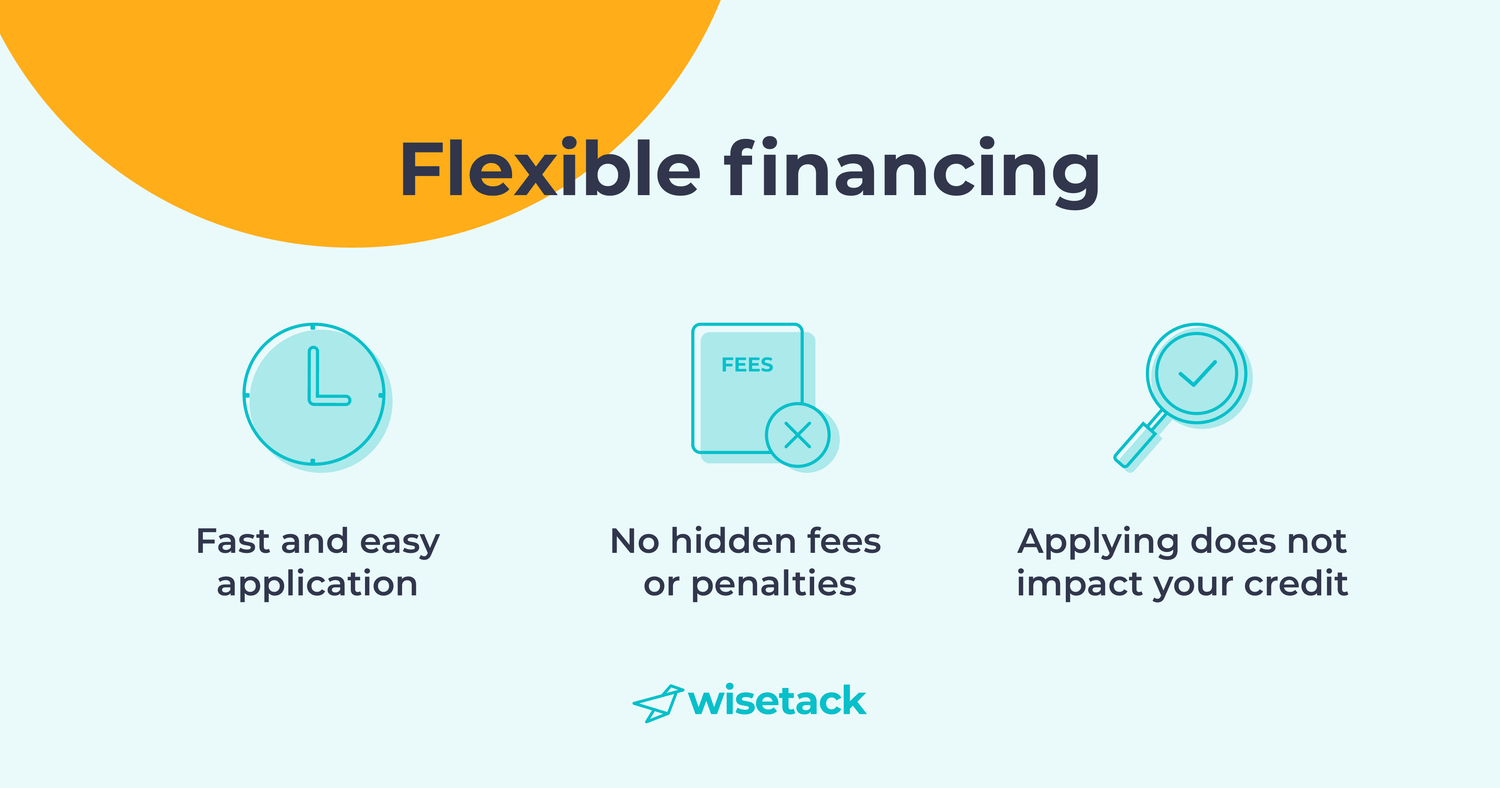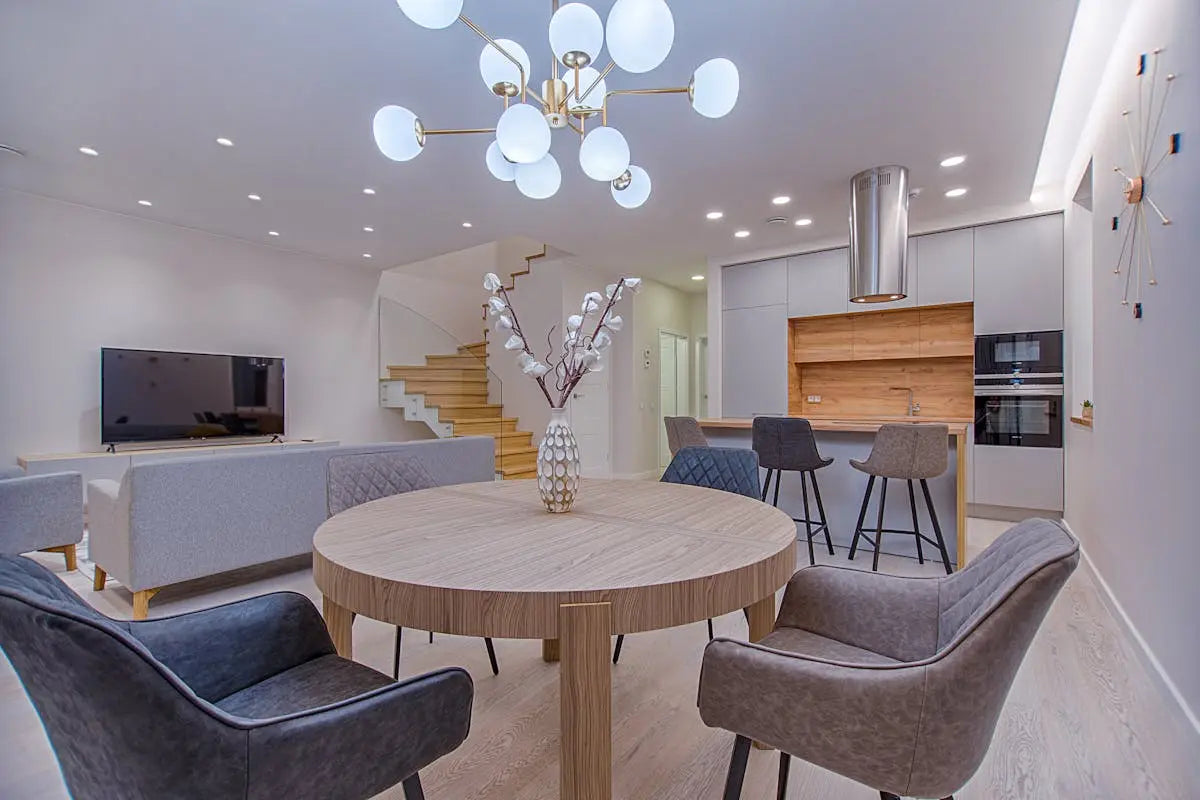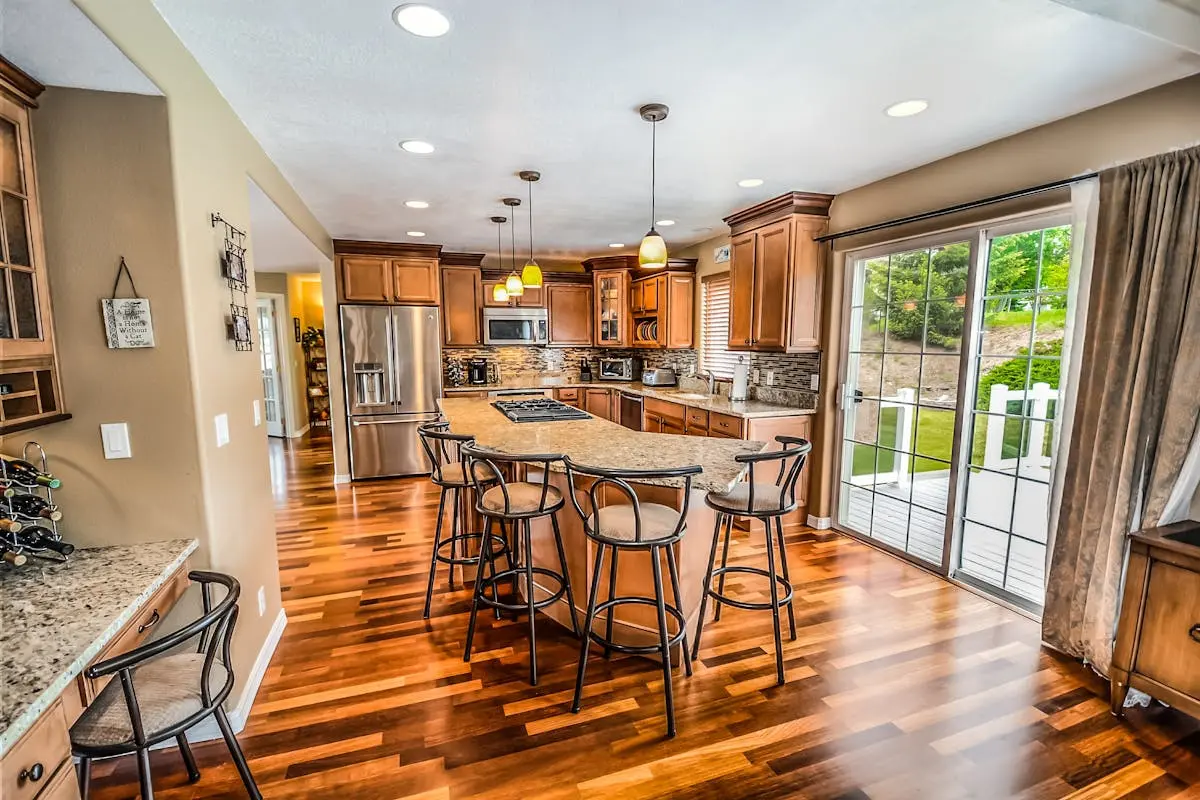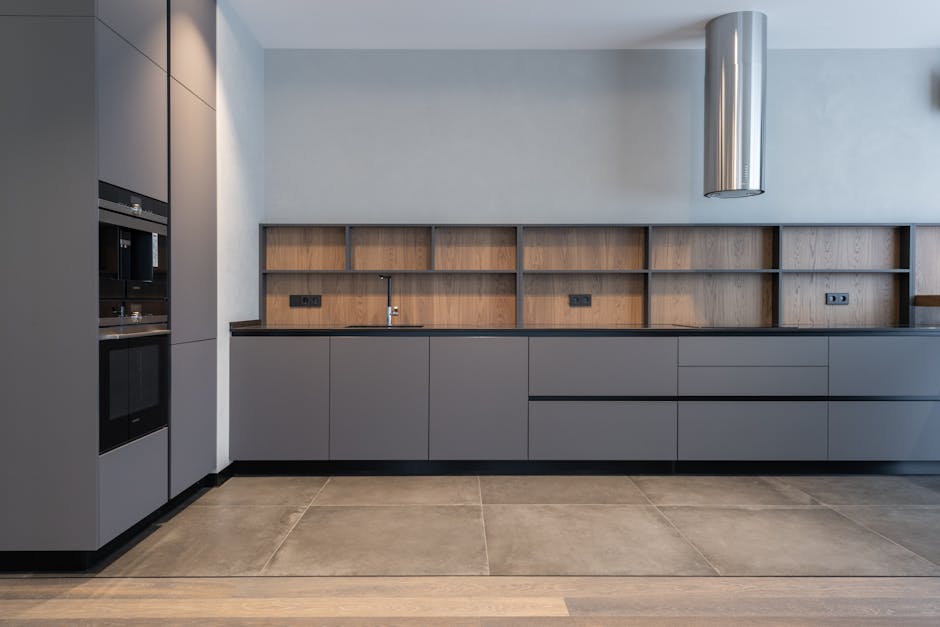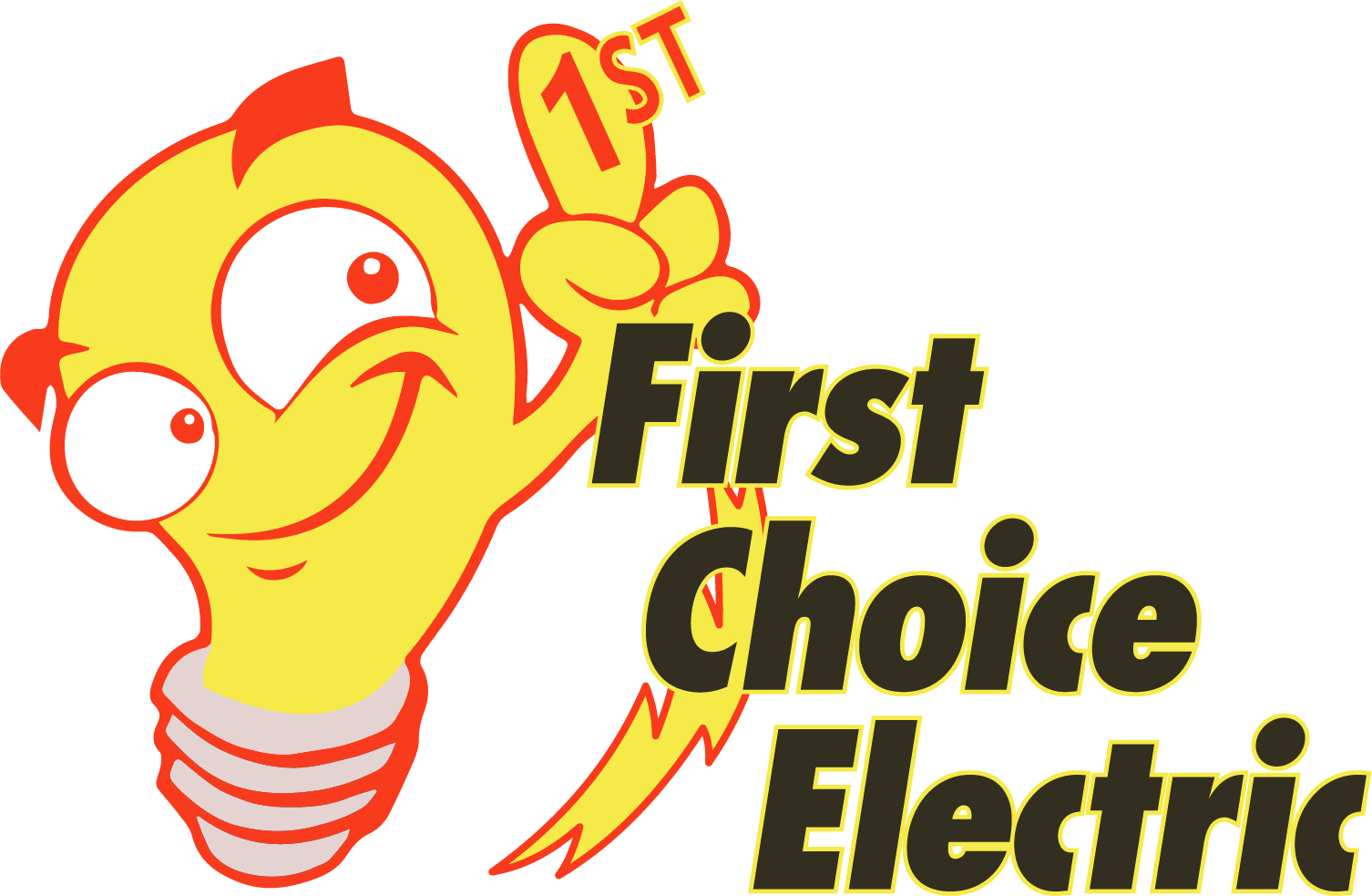The Impact of Efficient Lighting Design on Your St. Charles County Energy Bill
Introduction to Lighting Design and Energy Efficiency
Lighting isn’t just about making a space bright. A smart lighting design can cut down your energy bill significantly. First things first, the kind of bulbs you use matters. LED bulbs, for instance, use up to 75% less energy than traditional incandescent bulbs and last 25 times longer. It’s not just about switching bulbs, though. How you set up your lighting plays a big role too. For example, using task lighting over desk areas or kitchens instead of lighting an entire room can save a lot of energy. Also, making the most of natural light during the day can reduce the need for artificial lighting, which translates into savings on your energy bill. Understanding how lighting design affects energy consumption is the first step to making your St. Charles County home more energy-efficient and kind on your wallet.
The Significance of Lighting Design in St. Charles County Homes
Having the right lighting design in your St. Charles County home is about more than just making sure you can see clearly. It’s a smart way to cut down on your energy bills. Think about it; efficient lighting uses less power to brighten up rooms. When you choose LED bulbs over traditional incandescent ones, you’re picking options that use up to 75% less energy and last 25 times longer. Plus, smart placement of lights can reduce the need for artificial light during the day. By maximizing natural sunlight through strategic window placement and reflective surfaces, your home can stay bright without flipping a switch. This not only drops your energy consumption but also adds a cozy, natural vibe to your space. Making the swap to efficient lighting isn’t just good for your wallet; it’s also a step forward in reducing your carbon footprint. So, light up your home the smart way—it makes all the difference.
How Efficient Lighting Design Lowers Your Energy Bill
Switching to efficient lighting design is a smart move for your wallet. Here’s how it works. When you replace old, energy-sucking bulbs with LED lights, you’re choosing bulbs that use way less power. Think of LEDs as the marathon runners of lighting; they go the distance using a fraction of the energy. This means lower energy bills every month. Dimmer switches and smart lighting systems add another layer of savings. They let you control exactly how much light you need, and when you don’t need as much, they dial it back, saving more energy. It’s not just about fewer dollars going to the energy company; it’s also about investing in a brighter, smarter home. So, by updating your lighting, you’re not just cutting costs, you’re stepping into the future of home design. It’s a win-win.
Key Elements of Energy-Efficient Lighting Design
When thinking about slashing your energy bill, efficient lighting design plays a crucial role. The key elements? First, choosing the right light bulbs. LED bulbs are your friend here, using up to 75% less energy compared to incandescent bulbs and lasting much longer. Next, make smart use of natural light. Arrange your space to maximize daylight; it reduces the need to flick on a switch. Also, consider light colors for walls and floors; they reflect light better, brightening your space more naturally and requiring less artificial lighting. Don’t overlook task lighting either. Instead of lighting up an entire room, focus on the areas where you need light the most, like reading nooks or kitchen counters. And lastly, automation can be a game-changer. Installing motion sensors, dimmers, and timers ensure lights are only on when needed, cutting down on unnecessary usage. Combine these elements, and you’ll notice a significant dip in your energy bill, all while enjoying a well-lit, welcoming space in your St. Charles County home.
The Role of LED Lighting in Reducing Energy Costs
LED lighting plays a crucial role in slashing your energy bills, especially in St. Charles County. Let’s dive right into the meat of it. LED lights consume significantly less power compared to traditional incandescent bulbs. On average, an LED bulb uses at least 75% less energy. What does this mean for you? Lower energy consumption directly translates to reduced energy bills. Besides, LEDs last longer. We’re talking years longer than those old bulbs you keep replacing. Longer lifespan means buying fewer bulbs over time, adding more savings. Furthermore, LED bulbs don’t generate the same amount of heat as incandescent lights, which means less cooling is needed during those hot St. Charles summers, adding up to even more savings on your energy bill. It’s a straightforward switch with a big impact. Think of LED lighting as an investment in your home’s efficiency and your wallet’s well-being.
Practical Tips for Implementing Efficient Lighting Design in Your Home
When you want to save on your energy bill, think about how you light your home. It’s easier than you might think to make changes that have a big impact. First, switch to LED bulbs. They use at least 75% less energy than incandescent bulbs and last much longer. Second, make the most of natural light. Open those curtains and let the sun warm and brighten your rooms for free. Third, use dimmer switches and timers. They help you control how much light you use and when you use it. Next, focus on task lighting. Instead of lighting an entire room, use lamps or under-cabinet lights in areas where you need it most. Finally, pick light colors for walls and ceilings. They reflect light better, so you need less artificial light. Simple steps, but together, they can make a big difference in your St. Charles County energy bill.
The Impact of Natural Light on Energy Savings
Harnessing natural light cuts down on your energy bill—a simple truth. Windows and skylights let sunlight flood in, lessening the need for artificial lighting. Imagine, for most of the day, your home basks in natural light, your lamps and ceiling lights off, your electricity meter ticking slower. Sunlight, apart from lighting up your home, also warms it. In winter, this warmth reduces the workload on your heating system, shaving off a few more dollars from your energy bill. But it’s not just about how much light gets in; it’s also about where it comes in. South-facing windows bring in the most light, especially during the cold months. So, think about your window placement and how it can work in your favor. In short, more sunlight means less artificial light and heating, leading to significant energy and cost savings.
Smart Lighting Systems: A Path to Greater Efficiency
Smart lighting systems are your ally in reducing that St. Charles County energy bill. These systems, savvy as they are, let you control your home’s lighting through your smartphone or voice commands. Imagine adjusting lights without moving an inch, even when you’re not home. It’s not just about convenience but efficiency. With smart lighting, you can dim lights, set schedules, or turn off unnecessary lights automatically. This means you’re using exactly the amount of light you need, no more leaving lights on by mistake. The beauty? This can lead to a noticeable drop in your energy usage, which translates directly to savings on your energy bill. Switching to smart lighting might seem like a small change, but it’s a powerful step towards a smarter, more energy-efficient home.
Case Studies: Real-Life Success Stories from St. Charles County
Folks in St. Charles County have seen their energy bills take a dive, all thanks to smart lighting design. Let’s look at a couple of success stories. First up, the Johnson family. They switched to LED bulbs across their home and embraced motion sensors for areas like the garage and basement. Result? Their energy bill dropped by 30%. Then there’s the local bakery on Main Street. By redesigning their lighting system to utilize natural light during the day and installing energy-efficient lights for darker hours, they slashed their energy costs by 40%. These aren’t just numbers; they’re real savings in your pocket. So, what’s stopping you from making the switch?
Conclusion: Summarizing the Benefits of Efficient Lighting Design
Wrapping it up, efficient lighting design isn’t just about saving money—it’s a smart choice for your home and the environment. By choosing LEDs or CFLs, integrating smart lighting systems, and using natural light wisely, you can cut down your St. Charles County energy bill significantly. Not only do you save cash in the long run, but you also reduce your carbon footprint, making your living space more sustainable. Remember, small changes in your lighting design can lead to big savings. So, it’s worth investing time and a bit of money upfront to enjoy the benefits of efficient lighting. Keep it simple, make the switch, and watch your energy costs drop.
